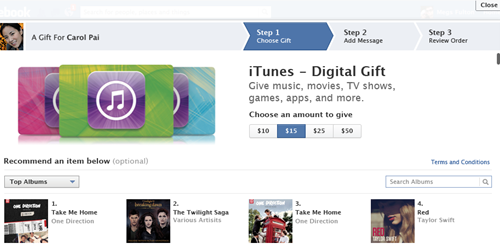Facebook’s share price news and the company’s struggle to turn its online dominance into profits suggest that getting social-commerce right is proving a challenge for the site. comScore’s recent report (The Power of Like Europe: How Social Marketing Works for Retail), however, illustrates the benefits Facebook can have for retail brands.
This leads to controversial debate where some retailers see enormous growth opportunities others see huge effort for no return.
Facebook-commerce (F-commerce) expectations seem to be out of sync with most brands and the market’s capabilities. The problem, in fact is in the evolution of communication within the medium, shops on Facebook only work as part of a social media strategy.
And most brands are not sufficiently evolved in their social communication to make them work. Expectations and reality do not fit together and protagonists blame the medium not the messages.
So “Is f-commerce already over?” On the contrary – the current issues are all part of the teething process. While social media marketing managers dream of loyal customers who suck up new products and passes it on to 140 friends. Fans are actually only on Facebook for a virtual beer or to share holiday photos. It’s currently not a particularly active communication, and there’s not a direct opportunity to buy anything. It shouldn’t be surprising then that any current F-commerce successes are typically limited to “quick wins” where a visitor is already motivated by the offer of specific deals or the latest iPad sweepstakes. But brands can be successful if they enter a genuine two-way conversation with fans.
Sticking to the image of Facebook as a bar – people do not want a sales pitch in a bar. However, business and deals are done in bars. It’s just a different type of communication and sell. Not a hard sell but gaining trust, comparison of needs and benefits in a more relaxed way. Recommendations in the bar, or on Facebook, tend to be initiated by the buyer not the seller.
However, in the end it’s all about money. Facebook credits are good so far, perhaps for virtual goods and micro-payment. But does the average consumer want another currency? Other checkouts are not integrated to Facebook registration and so further logins are necessary. This lack of natural navigation for visitors, both in finding a shop and checking out is another failing for F-commerce. Consumers have experienced enough good communication to expect easy-to-use shopping. This conversion killer leaves consumers going out of Facebook to shop.
You might be discouraged at this point and stop reading – but hang on and stay tuned. The conditions are right for f-commerce:
- Facebook still has a very high, loyal and active user base. If you have customers it is very likely that your customers are there. More are now buying from the living room. For many of them Facebook will be one of the most important starting points.
- And, yes, many people talk about brands, recommend products, share shopping experiences on Facebook.
- Some brands are doing well but they have adapted to the environment.
- Communication is the key. Every medium has had to develop the right communication style.
Facebook functions according to the laws of Facebook users, not to those of traditional retailers. Just being there is not enough. You need a lot of staying power, good ideas and to develop the right language. Store offers and news stream have to be combined editorially. When F-commerce works in practice, it is due to the relevance of the product and communication to the user’s interest. F-commerce is more than the pure sale: The point is to activate fans.






